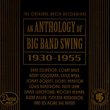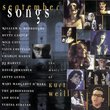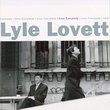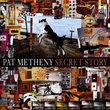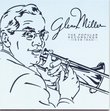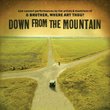| All Artists: Fats Waller Title: Fats & His Buddies Members Wishing: 1 Total Copies: 0 Label: RCA Release Date: 3/10/1992 Genres: Jazz, Pop Styles: Swing Jazz, Traditional Jazz & Ragtime, Jive Jazz Number of Discs: 1 SwapaCD Credits: 1 UPCs: 078636100524, 078636100548 |
Search - Fats Waller :: Fats & His Buddies
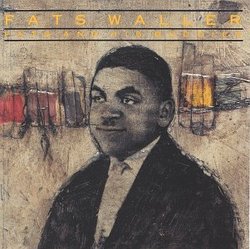 | Fats Waller Fats & His Buddies Genres: Jazz, Pop
When he died in 1943, Harlem-born Thomas "Fats" Waller had taken all he'd learned from his mentor, the ragtime-stride pianist James P. Johnson, and established a reputation as an instrumentalist/songwriter/performer that d... more » |
Larger Image |
CD DetailsSynopsis
Amazon.com When he died in 1943, Harlem-born Thomas "Fats" Waller had taken all he'd learned from his mentor, the ragtime-stride pianist James P. Johnson, and established a reputation as an instrumentalist/songwriter/performer that dwarfed Johnson's, casting a long shadow over subsequent keyboard giants, including Erroll Garner, Count Basie, and Art Tatum. Though Waller's first recordings brought stride piano into the musical mainstream, they barely hinted at the greatness looming ahead. Waller's ascendancy began in 1927. Over the next two years, well documented here, he worked with small combos populated by many of the preeminent instrumentalists of the day, laying the foundation for the towering artistry he would deliver in the 1930s with the group dubbed Fats Waller and His Rhythm. Even the lesser moments here--primarily four songs recorded with the Louisiana Sugar Babes (featuring James P. Johnson on piano, with Waller on the pipe organ)--feature fascinating if cautious interplay and solos by cornetist Jabbo Smith and multi-instrumentalist Garvin Bushell. The cream of the cuts are those credited to Fats Waller and His Buddies, dating from March 1929, with Waller joined by the likes of Gene Krupa, Jack Teagarden, Pops Foster, and trombonist Charlie Irvis, who later would play a pivotal role in the development of Duke Ellington's "jungle style." Although deferential to his inspired accompanists, Waller's engaging, witty solos point the way to the outsized personality that blossomed in his music over the next decade. --David McGee Similarly Requested CDs
|
CD ReviewsRidiculously over-filtered sound! Ted Ison | East Coast USA | 02/14/2006 (1 out of 5 stars) "One must beware of digital restoration from the late '80s and early '90s. That was when it was stylish to show off just how much "noise" could be removed with CEDAR or Sonic Solutions' NO NOISE programs. The trouble is, a lot of the freshness of the music is in the same range as the "noise", and if too much is removed, the songs sound dull and lifeless. This entire CD is very difficult for me to listen to for that reason. I have scratchy 78s of many of these, and even with the scratch, they sound SOOOOO much better than this early attempt at digital restoration. Sorry, my copy will be on ebay next week."
|

 Track Listings (21) - Disc #1
Track Listings (21) - Disc #1
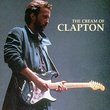
![Poses [Bonus Track]](https://nationalbookswap.com/cd//m/81/4481/574481.jpg)
